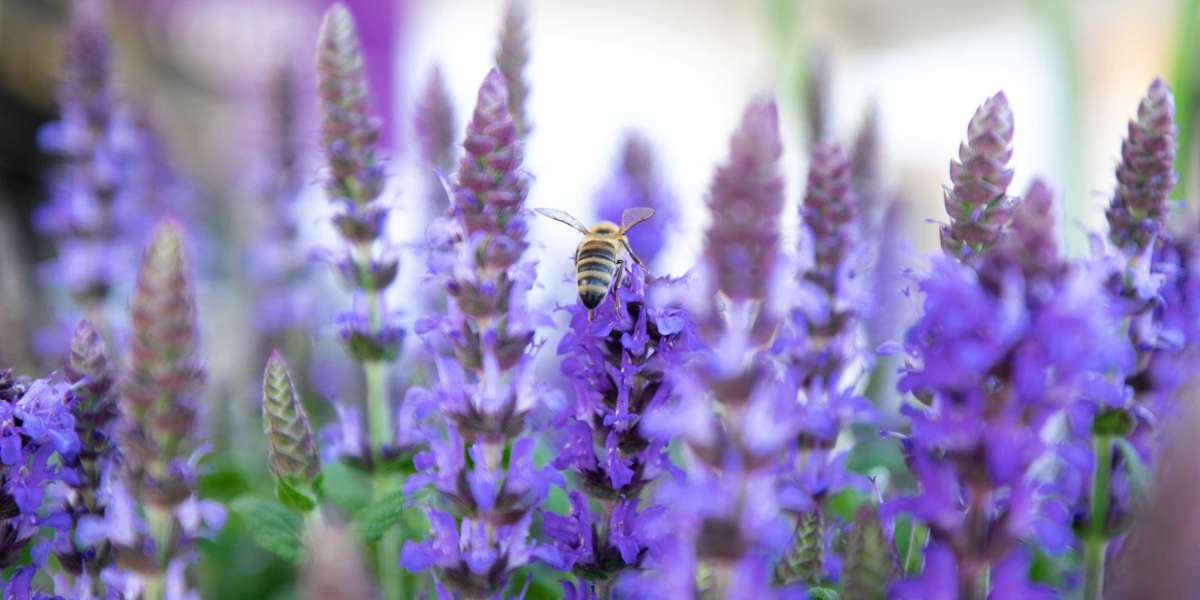Salvia is a genus of herbaceous and woody plants that belong to the mint family. It has over 900 species and is widely used for its ornamental value in gardens and landscapes. It is also used for its medicinal and culinary properties. Salvia plants are easy to grow, and they thrive in full sun and well-drained soil. In this article, we will discuss how to grow and care for a Salvia plant.
Planting Salvia
Salvia plants can be planted in the spring or fall. They prefer full sun and well-drained soil. Before planting, ensure that the soil is well-drained and amend it with organic matter such as compost or aged manure. Salvia plants should be spaced about 18-24 inches apart, depending on the size of the plant. Dig a hole that is slightly larger than the root ball of the plant, and backfill it with soil, gently pressing the soil around the plant.
Watering Salvia
Salvia plants prefer moderate watering. Overwatering can cause the roots to rot, and underwatering can cause the plant to wilt. Water the plants deeply once or twice a week, depending on the weather and soil conditions. The soil should be moist but not waterlogged. To reduce evaporation and water loss, apply a layer of mulch around the plant.
Fertilizing Salvia
Salvia plants do not require heavy fertilization. A light application of balanced fertilizer in the spring and mid-summer will suffice. Too much fertilizer can cause excessive growth and reduce the number of flowers. It is also important to avoid fertilizing during the fall as this can cause new growth that may be damaged by the winter cold.
Pruning Salvia
Pruning is an essential part of Salvia plant care. It helps to encourage new growth, improve air circulation, and keep the plant looking tidy. Prune the plant back by about a third in late spring or early summer after the first flush of blooms. This will encourage the plant to produce new growth and more flowers. Deadhead spent blooms regularly to promote continuous blooming.
Protecting Salvia from Pests and Diseases
Salvia plants are relatively pest and disease-free. However, they may be susceptible to fungal diseases such as powdery mildew, especially in humid conditions. To prevent fungal diseases, ensure that the plant has good air circulation and avoid overwatering. In case of infestation, use a fungicide or insecticide as recommended.
Winter Care for Salvia
Most Salvia species are hardy and can withstand winter temperatures. However, it is important to protect the plant from extreme cold and frost damage. Apply a layer of mulch around the plant to protect the roots from freezing. In colder regions, it is advisable to cut back the plant in late fall and cover it with a frost blanket or burlap until spring.
Conclusion
Salvia plants are easy to grow and care for. They provide an attractive display of flowers, and their medicinal and culinary properties make them a useful addition to any garden. With proper planting, watering, fertilizing, pruning, and protection from pests and diseases, Salvia plants will thrive and add beauty to any landscape.



